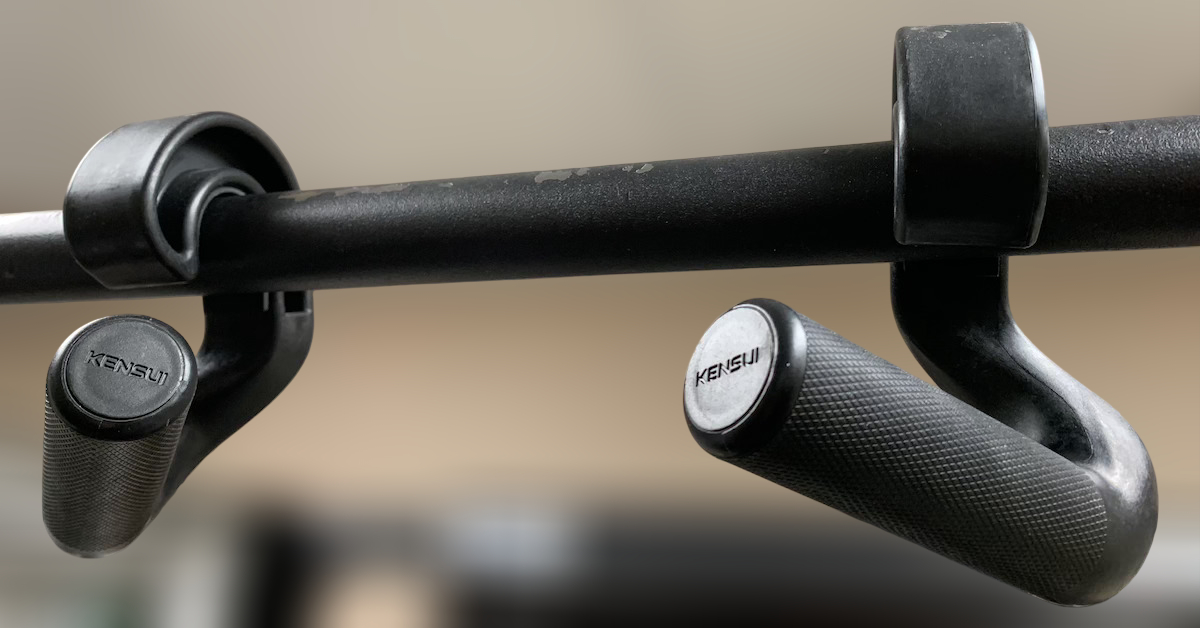Staying up to date with scientific research can give health & fitness professionals an edge. Here are some recent findings to help you stay ahead of the pack:
Short, Specific Warm-Ups Are Just as Effective
A short warm-up is as effective as a long warm-up for intermediate performance… To increase efficiency of time for training or competition, short specific warm-ups should be performed instead of long warm-ups.
Source
Takeaway:
✔ Just 10-15 seconds of muscular contractions can raise body temperature by 1ºC.
✔ A proper warm-up should increase body temp by 1-2ºC (1.4-2.8ºF)—just enough to cause sweating.
✔ No need for excessive aerobic warm-ups—a few reps of your exercise supply blood to the working muscles without draining energy.
For more details, read The 3 Mistakes Nearly Everyone Makes in Their Fitness Warm-up.
Deadlifts for Jump-Dependent Athletes
The deadlift may be an optimal choice for athletes in jump-dependent sports, regardless of bar.
Source
✔ Whether using a hex bar or Olympic bar, deadlifts enhance lower-body power—great for jumping sports.
✔ Mark Rippetoe’s Deadlift Cues:
- Step up to the bar with a vertical-jump stance (shins an inch from the bar).
- Grab the bar just outside your stance, keeping your knees straight.
- Bend your knees forward slightly until shins touch the bar.
- Squeeze your chest up to keep your back flat.
- Take a big breath and drag the bar up your legs until standing tall.
More on T Nation.
A Simple Way to Improve Posture
This study demonstrated a positive short-term impact of the Posture Shirt® on posture, lung function, grip strength, fatigue, and productivity.
Source
✔ Corrective exercises a few minutes a week = mediocre results.
✔ Wearing a Posture Performance Shirt for a few hours a day = great results.
Personal Tip: I use the Adrenalease Posture Performance Shirt while working at the computer—an easy way to counteract rounded shoulders.
Training Quality vs. Quantity
The accumulation of muscle fatigue appears as an important variable in resistance exercise, influencing neuromuscular adaptations.
Source
✔ For Power & Strength:
- Train with submaximal loads and maintain speed.
- Charles Staley’s Rule: If bar speed drops below 90% of your best effort, stop! Avoid “junk reps” and focus on quality over quantity.
✔ For Muscle Growth:
- More total reps & greater fatigue = greater hypertrophy.
More on Staley’s Law of Sustainable Progress.
Speed Training After Weight Training
10m sprint time was significantly faster when speed was sequenced second… Speed may be enhanced when performed after weight training.
Source
✔ Lifting weights before sprinting enhances speed performance—likely due to lingering neural activation.
✔ Also useful for fat loss and body composition goals.
Growth Hormone Boosting Sprint Protocol:
(From Tyson James Lee, Body Transformation World Summit)
- 8 rounds of 30-second sprints at varying intensities
- 90-second recovery between rounds
- Claims to increase HGH production up to 10x—potentially a game-changer for fat loss.
Exercise vs. Diet for Fat Loss
Both exercise and diet reduce visceral adiposity. Despite greater total weight loss from diet, exercise tends to have superior effects in reducing VAT.
Source
✔ Forget the scale. Visceral fat loss (not just weight loss) is the real goal.
✔ As Vince Gironda said: “If you don’t like what you see in the mirror, what difference does it make what the scale says?”
Large Muscle Groups First for Max Anabolic Response
Performing large muscle group exercises first in resistance training produced a greater anabolic hormonal response than the reverse.
Source
✔ Start with compound lifts (squats, deadlifts, presses, pull-ups) before isolation work.
✔ Alternate upper & lower body movements to manage fatigue:
- Squats + Arm Curls
- Deadlifts + Triceps Extensions
- Bench Press + Leg Curls
- Pull-ups + Leg Extensions
Tip from my Advanced Body Composition Strategies seminar:
For maximal body composition results, balance multi-joint and single-joint exercises efficiently.
Final Thoughts
Keeping up with research helps you train smarter and optimize results. Use these insights to refine your training, recovery, and programming strategies.

Upgrade Your Pull-Ups with Swissies-SP Handles
Pull-ups are one of the best exercises for building back and arm strength—but not all pull-up bars are created equal.

No Time to Walk After a Meal? Do This Instead!
By now, most people know that getting in daily steps is essential for overall health. In particular, taking a short

Stay Fit on the Fly: No-Excuse Workouts for Travelers
One of the biggest challenges people face when traveling is maintaining their exercise routine. The two most common excuses? Lack
follow
Error: No feed with the ID 2 found.
Please go to the Instagram Feed settings page to create a feed.
